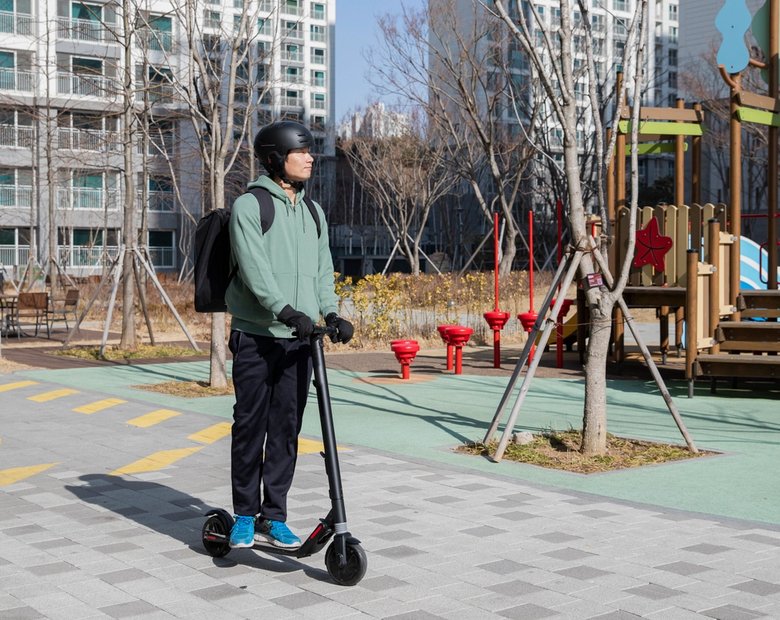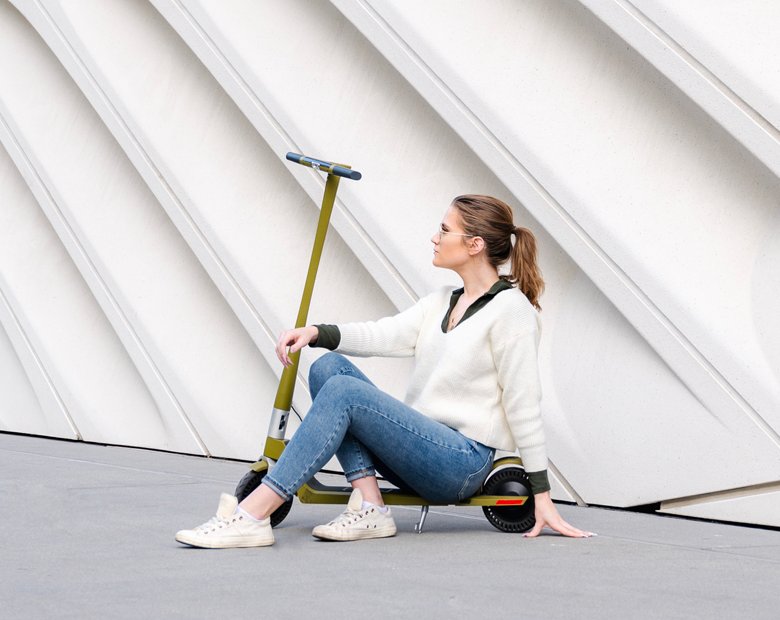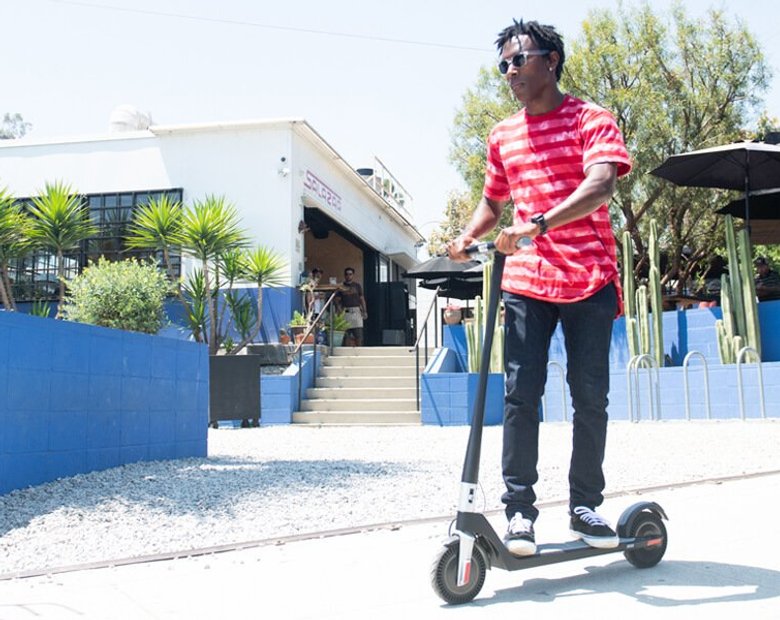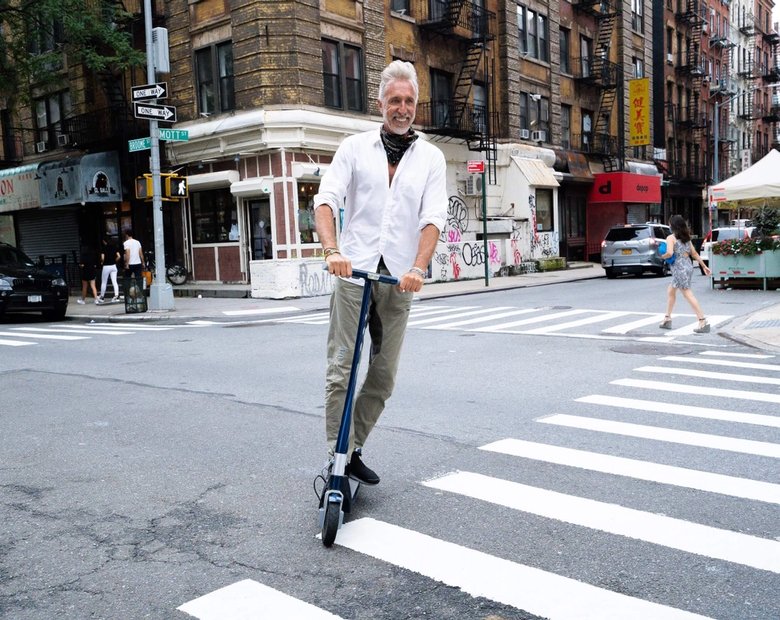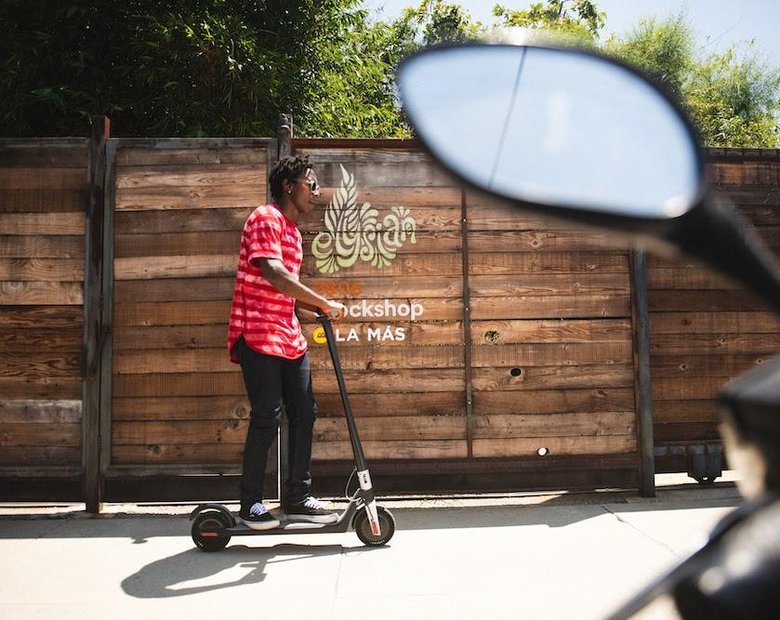“No” is the standard answer to the question of whether you should ride an electric scooter in the rain. But can you ride an electric scooter in the rain? There are times when it may be safe to do so, depending on the type of rain and the type of electric scooter. We all know conditions are rarely perfectly ideal, and some places are just rainier than others. As a general rule, you should avoid riding shared scooters in the rain. These builds are often not highly rated for water resistance and not always well-maintained.
If you own your own scooter, however, deciding whether or not to brave bad weather should depend on several important considerations. These include: 1) the construction and build quality of your scooter and 2) the severity of the weather conditions.
Of course, electronic components should never be directly exposed to water. But not all electric scooters are alike. Some are built with waterproof enclosures, others have high water-resistance that protects their parts from splashes, and some have no protection and should not be ridden in any wet conditions. Below, we’ll delve into some of the important differences between these categories and discuss other features that might make an electric scooter rain worthy.


IP Ratings Explained
The first thing to note is a scooter’s IP (or “ingress protection”) ratings, an international standard used to measure how well a piece of equipment can resist dust and moisture without damage to internal parts. Scooter manufacturers should include these numbers in their specifications and on the scooter itself.
The ratings consist of two numbers, as Voltage Rider explains: “The first one shows how resistant it is when it comes to solid objects (dust, foreign bodies…). The second one shows how resistant the e-scooter is when it comes to water (moisture, sprinkles).”
FIRST number:
- 4 - protected from solid objects over 1mm
- 5 - limited protection from dust
- 6 - totally protected from dust
SECOND number:
- 4 - protected from water splashes from all directions
- 5 - protected from low-pressure water jets from any direction
- 6 - protected from high-pressure water jets from any direction
- 7 - protected from short period of immersion in water
- 8 - it can withstand long period of immersion in water
Here’re the most common examples you can come across:
- IP 66 – this one is totally protected from dust, high-pressure water jets from any direction
- IP65 – this one is totally protected from dust, low-pressure water jets from any direction
- IP 56 – limited protection from dust, protected from high-pressure water jets from any direction
- IP 55 - limited protection from dust, protected from low-pressure water jets from any direction
- IP 54 - limited protection from dust, protected from water splashes from all directions
Quick Tip: If your scooter has numbers 3 or 2… you can forget about riding it even in wet conditions.
Many high quality, water-resistant electric scooters, like the Unagi Model One, have a rating of IP54. This means they can be ridden in light rain and will not be negatively affected by the occasional shallow puddle. Scooters marketed as waterproof, like the Boosted Rev, can have a rating as high as IP67, which means they can be totally submerged in water. This feature comes at the cost of almost twice the weight of the average e-scooter, along with a significantly higher price tag and reduced range.
Scooters like the low-cost Razor (which does not list its IP rating) should not be ridden in the rain under any circumstances. While the risk of electric shock is low, given that scooters generally have rubber-covered decks and handlebars, moisture can render the scooter permanently inoperable. Additionally, scooters that lack the features discussed below put the rider’s safety at risk in the rain.

Other Features to Consider
Scooters should be equipped with lights bright enough to be seen in light rain. They should have slip-proof decks and fenders to keep the rider’s legs and feet from getting soaked (and slipping). An electric scooter with inflatable tires may perform better in the rain, if tire pressure is lowered slightly to increase traction (then re-inflated once the rain has passed). Pneumatic tires are at added risk of flats, especially, when sharp objects are harder to spot and avoid.
Perhaps the most important consideration is the electric scooter’s braking system. Rainy conditions can make handling a challenge and one should be prepared to make an emergency stop. The Unagi Model One is an excellent example of an e-scooter with brakes designed to meet adverse conditions. Its anti-lock electronic brakes will not seize up if the road gets slippery, and an added foot brake provides further power and ensures that the rider can stop safely even if the scooter shuts down.


Assessing the Conditions
Most adult electric scooters can travel at high speeds on public roads, but their design leaves the rider exposed. This makes careful, defensive driving an essential practice when riding an electric scooter. Severe conditions that compromise safe riding and operation should be avoided.
If visibility is compromised by rainy weather such that the rider cannot see obstacles 400 ft in any direction, it’s best not to ride in the rain. Should a rainstorm worsen without warning, it’s advisable to seek shelter and wait it out, even if the scooter is waterproof. Not only is the rider’s visibility reduced, but so too is that of the drivers all around them.
Most water-resistant scooters can handle the occasional shallow puddle but riding in flash flooding or standing water can be extremely hazardous and can also permanently damage a scooter that is not rated for submersion. One should also never operate an electric scooter in freezing rain, which can adversely affect battery and electric motor life and cause sudden shutdowns.

On the whole, riders should use common sense and err firmly on the side of caution when riding in any conditions other than very light rain. Even water-resistant scooters are subject to corrosion from exposure to moisture. And even experienced riders can misjudge the stopping distance on wet pavement. When riding in wet weather, make sure the vehicle meets the standards, wear a helmet, and put your safety and the safety of others first. If things look dicey, find another mode of transportation.



